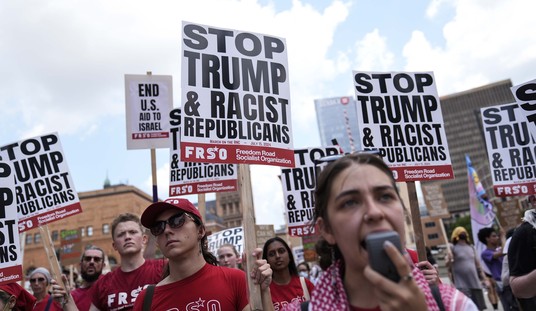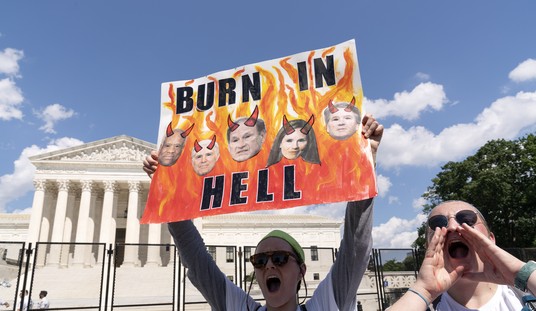via The Not-So-Liberal American Future – The Daily Beast.
Of course it’s too early to determine with any certainty whether the same maturing process will work its magic on youthful Obama cadres from 2008 and 2012, but there is some indication that the shift has already begun. As the hope-and-change candidate of four years ago, Obama swept voters between 18 and 29 by a truly stunning margin of 34 points, 66 to 32 percent. Four years later, a significant portion of those true believers had moved into the 30- to 45-year-old segment of the population, a group that chose Obama with a much more modest majority of 52 percent. It was exactly the same percentage, by the way, that he received from the same age group four years before.
Chait suggests that the progressive inclinations of this year’s under-30s will remain steady and unshakable as the years pass, citing polling data showing 33 percent of young voters calling themselves liberal in 2012, compared to 25 percent of the larger electorate. But that’s a reflection of their circumstances as much as their ideological commitment. People under 30 are disproportionately single, religiously uncommitted, and earning incomes below the national median. Such voters combined to deliver Obama’s margin of victory.
Among the unmarried, who make up 41 percent of the electorate, Obama won by a margin of 24 percent. Among the 17 percent who say they “never” attend religious services, he won by 28 percent. And with those earning less than $50,000 a year, who comprise 41 percent of the voting public, he enjoyed a 22-percent edge.
The most salient point about all these characteristics is that, like youth itself, they count as temporary: the statistics show that few of those who are single, irreligious, and economically challenged before age 30 will stay that way as they progress through middle age and beyond. And it’s no accident that Romney won big majorities of those groups—the married, the religiously engaged, and the economically prosperous—associated so clearly with the middle aged and the middle class.
Chait expresses admiration for the 59 percent of young voters who agreed with the statement that “government should do more to solve problems” and assumes that this opinion stems from thoughtful analysis of the issues of the day. But it’s at least as plausible that the youthful preference for activist government stems from the relatively small number of those between 18 and 29 who’ve ever been asked to pay for such initiatives. IRS figures indicate that they are vastly under-represented among the bare majority of Americans who pay personal income taxes, and even more under-represented among those who pay at the highest rates. It’s also safe to assume that under-30s include a substantial number who benefit directly from subsidized student loans, either as current students or as recent graduates struggling with debt.
****
Image courtesy shutterstock / ostill
Related at PJ Lifestyle:










Join the conversation as a VIP Member